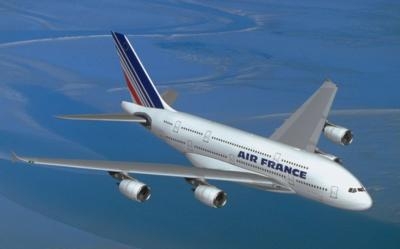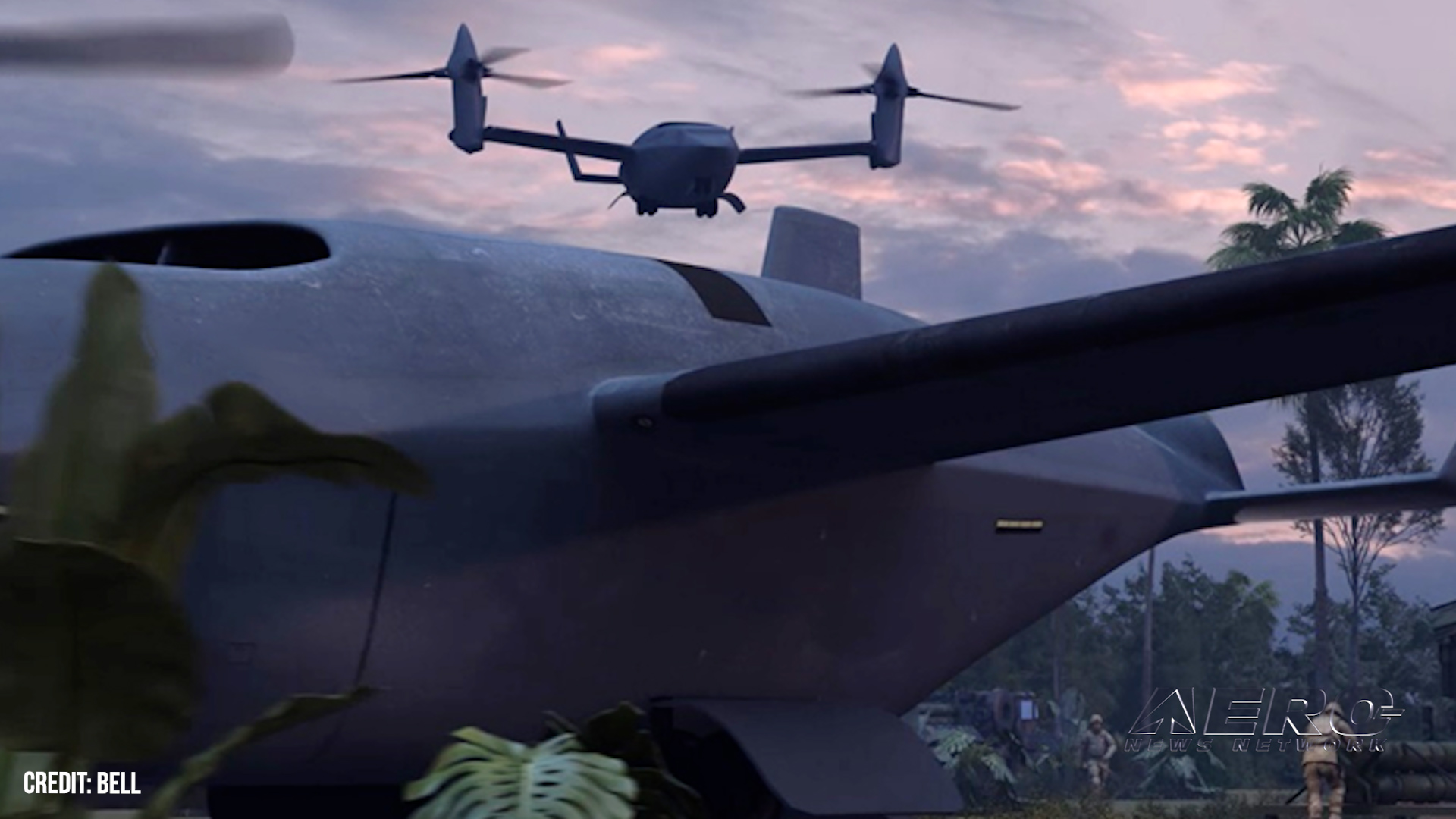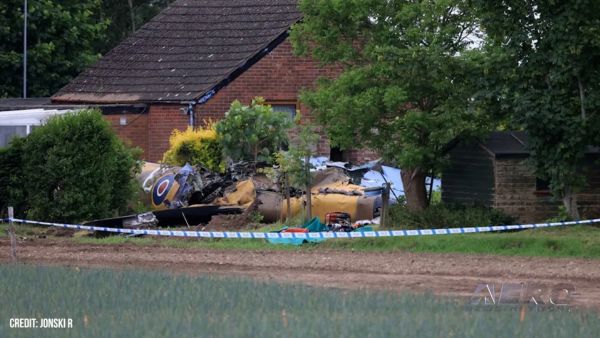Wed, Mar 14, 2012
AIRE Trials Supported By Airbus
Three Airbus-supported projects in the Atlantic Interoperability Initiative to Reduce Emissions (AIRE) have demonstrated how improved ground operations and air traffic management procedures can contribute to reductions in fuel consumption for the air transport industry. One element in this second wave of European AIRE flight trials were the Transatlantic Green Flights, using Air France’s A380 in service between New York and Paris. The focus was on performing two-engine taxi-out procedures for the ground movement phase, and optimising the transatlantic trajectory for the en-route flight phase.

Airbus led the A380 Transatlantic Green Flights activity, working in partnership with Air France and the air navigation service providers from the UK, Canada and the United States. A total of 17 successful trials were achieved, and the predicted combined fuel gain potential of approximately one ton per transatlantic crossing was confirmed.
Another project was Green Shuttle, performed under the French air navigation service provider’s leadership, with Air France and Airbus as partners. By optimizing the lateral and vertical trajectories during all phases of regularly-scheduled shuttle services between Paris’ Orly Airport and Toulouse in southwestern France, it demonstrated improved fuel efficiency through 60 revenue flights.
The Green Shuttle operations were made possible through better coordination among the five involved French air traffic control centers, with 154 lbs. of fuel saved per flight from Orly to Toulouse, and 440 lbs. per flight in the opposite direction. In its contribution, Airbus performed flyability analyses for the Continuous Descent Approach (CDA) into Toulouse and provided recommendations for the optimization of this procedure.
The third element – called the VINGA project – involved the validation of Required Navigation Performance (RNP) arrival procedures with the A320. The Airbus Quovadis subsidiary – which offers services for the implementation of RNP procedures – contributed to the VINGA project, under leadership of the Swedish air navigation service provider, with Novair and Gothenborg Airport as additional partners. VINGA optimized all phases of flight, with an emphasis on the implementation of new RNP arrival procedures. A fuel gain of 48-200 lbs. per segment was measured in the latter phase of over 100 trial flights.
Results of the VINGA project, along with the Transatlantic Green Flights and Green Shuttle, were presented at this month’s Air Traffic Control Global 2012 Conference and Exhibition in Amsterdam. (Image provided by Airbus)
More News
"To advance autonomous flight systems, our focus remains on automating pilot skills that enhance efficiency but most importantly, prioritize safety at every stage. Progressing thes>[...]
Aero Linx: MC-12W Liberty The MC-12W is a medium-to low-altitude, twin-engine turboprop aircraft. Its primary mission is providing intelligence, surveillance and reconnaissance sup>[...]
Airport Taxi Charts Designed to expedite the efficient and safe flow of ground traffic at an airport. These charts are identified by the official airport name; e.g., Ronald Reagan >[...]
Pilot’s Failure To Engage The Turbocharger For Takeoff And His Improper Decision To Continue The Takeoff... Analysis: The owner recently purchased the experimental amateur-bu>[...]
Also: NATA CEO In Legal Dilemma, WestJet Encore Settle, Drone Bill H.R. 8416, USN Jet Trainer GAMA released their 1Q/24 GA Aircraft Shipment and Billing Report -- with mostly mixed>[...]
 Aero-News: Quote of the Day (06.06.24)
Aero-News: Quote of the Day (06.06.24) ANN's Daily Aero-Linx (06.06.24)
ANN's Daily Aero-Linx (06.06.24) ANN's Daily Aero-Term (06.06.24): Airport Taxi Charts
ANN's Daily Aero-Term (06.06.24): Airport Taxi Charts NTSB Final Report: Holland Travis E Velocity
NTSB Final Report: Holland Travis E Velocity Airborne 05.31.24: 1Q GA Sales, 200th ALTO LSA, Spitfire Grounding
Airborne 05.31.24: 1Q GA Sales, 200th ALTO LSA, Spitfire Grounding



